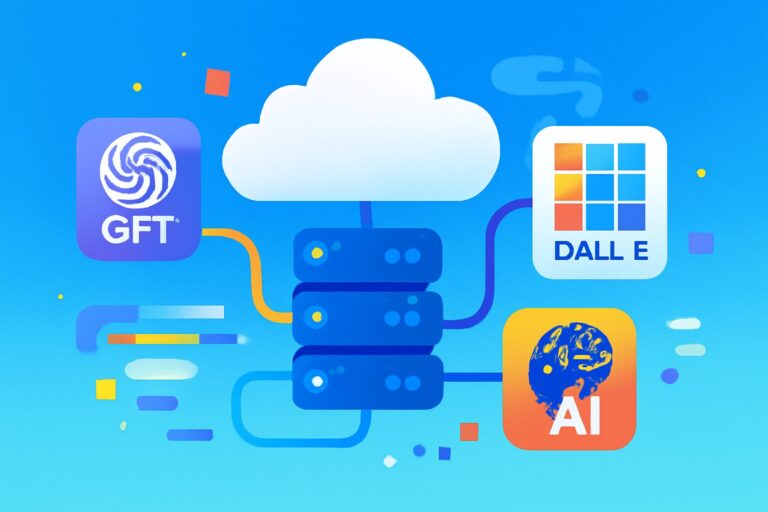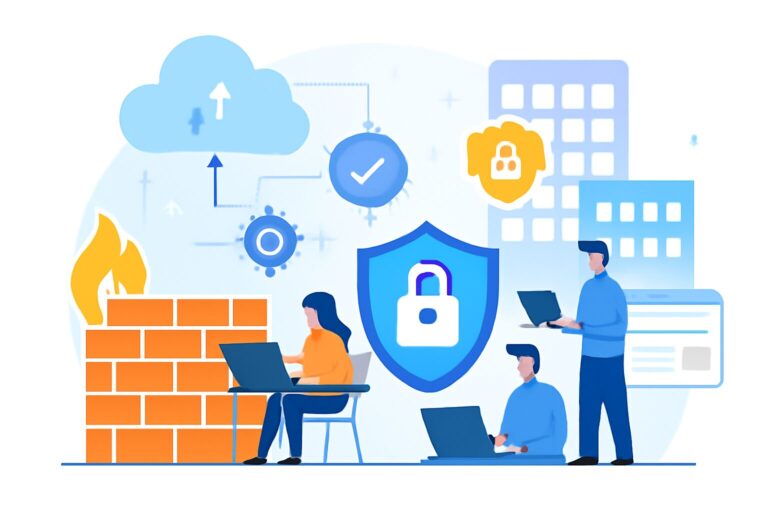### Introduction
In today’s digital era, artificial intelligence (AI) has permeated various cloud applications, significantly enhancing business efficiency and intelligence. However, with the widespread adoption of AI, securing cloud AI applications has become a core challenge for enterprise IT and security teams. Threats such as data breaches, model theft, and bias attacks, if left unchecked, can lead to serious risks and compliance issues.
This article deeply analyzes how to fundamentally build a comprehensive AI security system through three dimensions: Data Governance & Visibility, Policy-Driven Runtime Protection, and End-to-End Posture Management, ensuring resilient and reliable cloud AI applications. Whether you are a security expert or a developer, you will gain practical insights and technical recommendations here. 🚀
—
### 1. Data Governance and Visibility: The Foundation of AI Security
First and foremost, data is the core of AI. Without comprehensive data governance and visibility, all security measures are like water without a source.
– **Unified AI Data Flow Catalog**
In today’s multi-cloud and SaaS environments, data flows are complex and hard to track. Building a unified cross-cloud, cross-application data flow catalog enables real-time tracking of data movements, storage locations, and usage, thereby precisely identifying potential risk points such as unauthorized sensitive data exfiltration. For example, enterprises like Microsoft utilize Azure Purview to manage data assets and significantly enhance data governance capabilities.
– **Strict Access Control (RBAC/ABAC) and Continuous Auditing**
Access control is the first line of defense. Role-Based Access Control (RBAC) or Attribute-Based Access Control (ABAC) allows fine-grained management of data permissions to prevent unauthorized access. More importantly, continuous and tamper-proof audit logs enable security teams to conduct prompt forensic analysis once abnormal access events occur. For instance, Azure Defender offers access analysis functionalities to monitor identity permission anomalies.
– **Detection of ‘Shadow AI’ Usage**
“Shadow AI” refers to AI tools or models introduced by employees or business units without IT security approval, leading to data leakage or security blind spots. Using automated discovery tools to detect and block unauthorized AI service connections is key to preventing hidden risk propagation. Tools like Netwrix Auditor support automated identification of shadow IT components in cloud environments.
In summary, starting with data governance to create transparent and controllable data environments is a solid foundation for AI security. Enterprises should accelerate building unified data catalogs, strengthen access control and auditing measures, ensuring all data flows operate within expected security frameworks. 🔐
—
### 2. Policy-Driven Runtime Protection Ensures AI Model Security
At the AI runtime stage, security protection needs to be intelligent and dynamic to counter evolving threats.
– **Inline Security Policies in API Gateways and Service Meshes**
AI models are often delivered via APIs. Using API gateways or service meshes (like Istio) enables instant enforcement of access control, traffic inspection, and malicious request blocking. Embedding rate limiting, injection attack prevention, and token validation in pipelines greatly reduces the attack surface.
– **Model-Aware Anomaly Detection**
Beyond traditional network attacks, AI faces hidden risks like model drift, adversarial inputs, and exfiltration. Real-time monitoring of model behavior to detect anomalous inputs and output deviations helps quickly respond to potential attacks. For instance, Google Cloud’s Vertex AI features built-in model monitoring that auto-triggers anomaly alerts.
– **Automated Compliance Checks**
Regulations such as GDPR emphasize personal data privacy. Automatically scanning and masking PII before model inference ensures data complies with legal requirements, mitigating compliance risks. Tools like Microsoft’s Compliance Manager aid in compliance risk assessment prior to model deployment.
A practical scenario: a fintech company uses API gateway combined with model monitoring; even under malicious sampling attacks, they can immediately detect and block them, significantly reducing fraud risks.
Overall, policy-driven runtime protection is not just a defense line but a dynamic tool to counter evolving attacks, helping enterprises continuously safeguard models post-deployment and achieve both “prevention” and “rapid detection and response.” ⚔️
—
### 3. End-to-End Security Posture Management Builds AI Lifecycle Shield
AI security cannot rely on single-point protection. It must span the entire model lifecycle — from development, deployment to inference, without relaxation at any stage.
– **AI Security Posture Management (AI-SPM) Platforms**
These platforms integrate vulnerability scanning, risk assessment, and security incident management to holistically map the security posture of models and infrastructure. They identify issues like training data poisoning, model misconfiguration, and inference environment flaws. Emerging AI-Security products like NVIDIA Morpheus exemplify this trend.
– **Integration with Cloud-Native Security Tools**
Incorporating cloud provider security posture tools (e.g., Microsoft Defender, Google Security Command Center) into unified management leverages cloud threat intelligence and protection capabilities, enabling automated security. For example, Azure Defender supports real-time monitoring for container security and serverless functions, reducing risks from misconfiguration.
– **Continuous Scanning and Infrastructure-as-Code Security**
Container images, serverless code, and IaC templates (Terraform, ARM) are key cloud AI application components. Continuous scanning of these components identifies security vulnerabilities and misconfigurations early. Automated tools like Trivy and Checkov are widely used to maintain environment cleanliness.
An example: a global e-commerce platform combines cloud-native security tools with an AI-SecOps team, achieving continuous monitoring of AI model environments, reducing incident response time by 50%, and swiftly remediating model risks.
To conclude, building end-to-end security posture management provides a panoramic security “net” in complex cloud environments, timely detecting and fixing security flaws to ensure safe and healthy AI operations. 🤝
—
### FAQ
**Q1: What is “Shadow AI,” and why does it pose risks?**
A1: Shadow AI refers to unauthorized AI applications or models used privately, which can cause data leakage and compliance risks, and are difficult for IT teams to monitor and control.
**Q2: What is the difference between RBAC and ABAC?**
A2: RBAC controls permissions based on user roles, whereas ABAC dynamically evaluates permissions based on attributes (user attributes, environment, etc.), providing more flexible security policies.
**Q3: How to detect anomalous inputs in AI models?**
A3: By model-aware anomaly detection techniques, analyzing input data distribution and model outputs in real time to identify behaviors deviating from normal patterns.
**Q4: What are common cloud-native security tools?**
A4: Microsoft Azure Defender, Google Security Command Center, and AWS Security Hub are mainstream cloud-native security platforms.
**Q5: When to add “AI hygiene” gates in CI/CD?**
A5: Typically before deploying models to production, automatic bias detection, robustness testing, and compliance scanning are executed to ensure AI model security and stability.
**Q6: Why encrypt and tokenize training data?**
A6: Encryption and tokenization protect sensitive data during storage and transmission, reducing risk of information leakage.
—
In building secure cloud AI applications, adherence to the three pillars of data governance & visibility, runtime policy protection, and end-to-end posture management is essential. With maturing technologies and standards, these best practices become key to sustainable intelligent business.
For deeper enterprise security solutions, visit [De-Line Information Technology official website](https://www.de-line.net) to explore how we help clients build intelligent and trusted digital security defenses, making your AI journey worry-free. 🌟
************
The above content is provided by our AI automation poster




